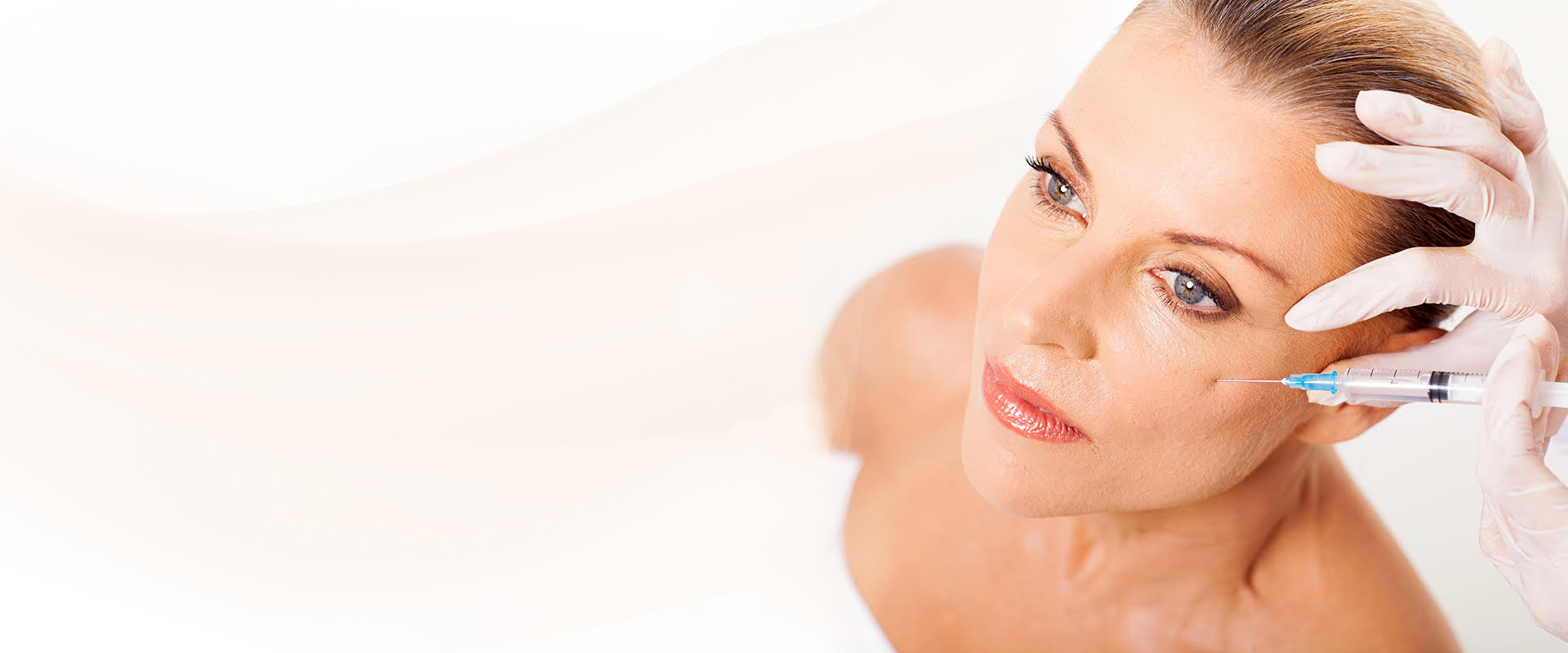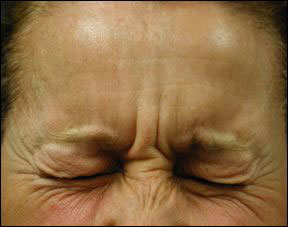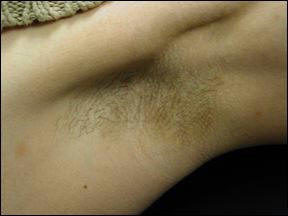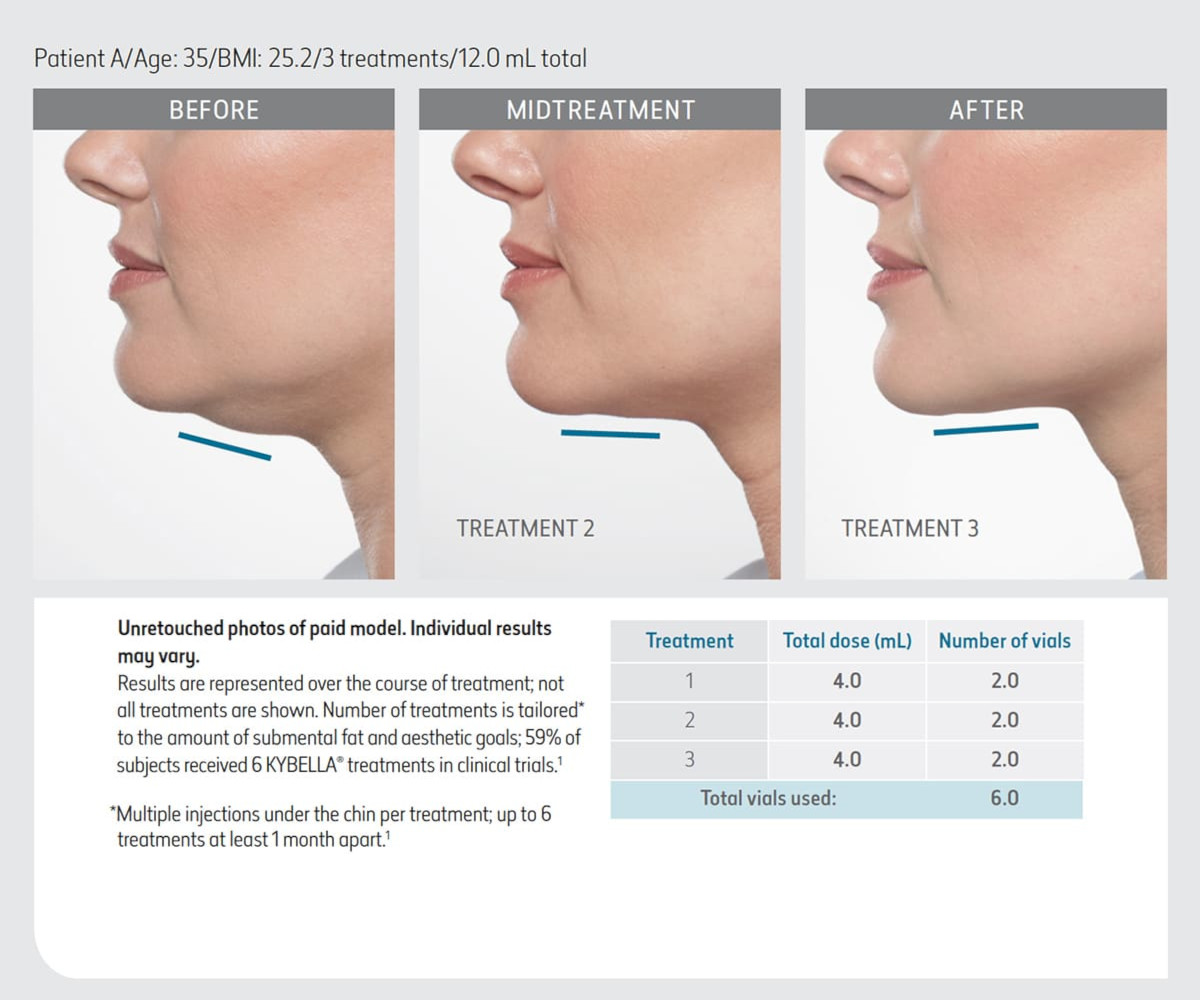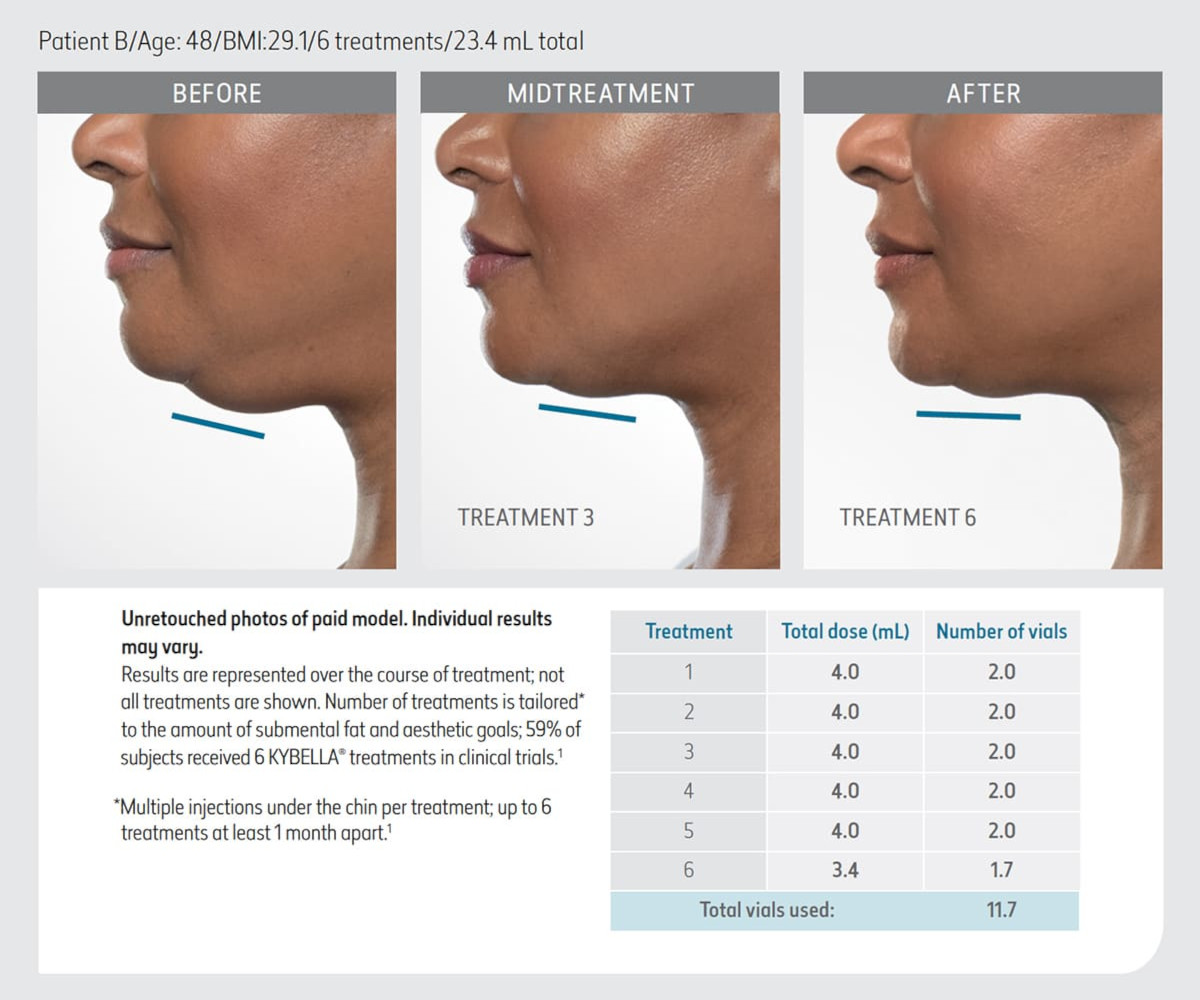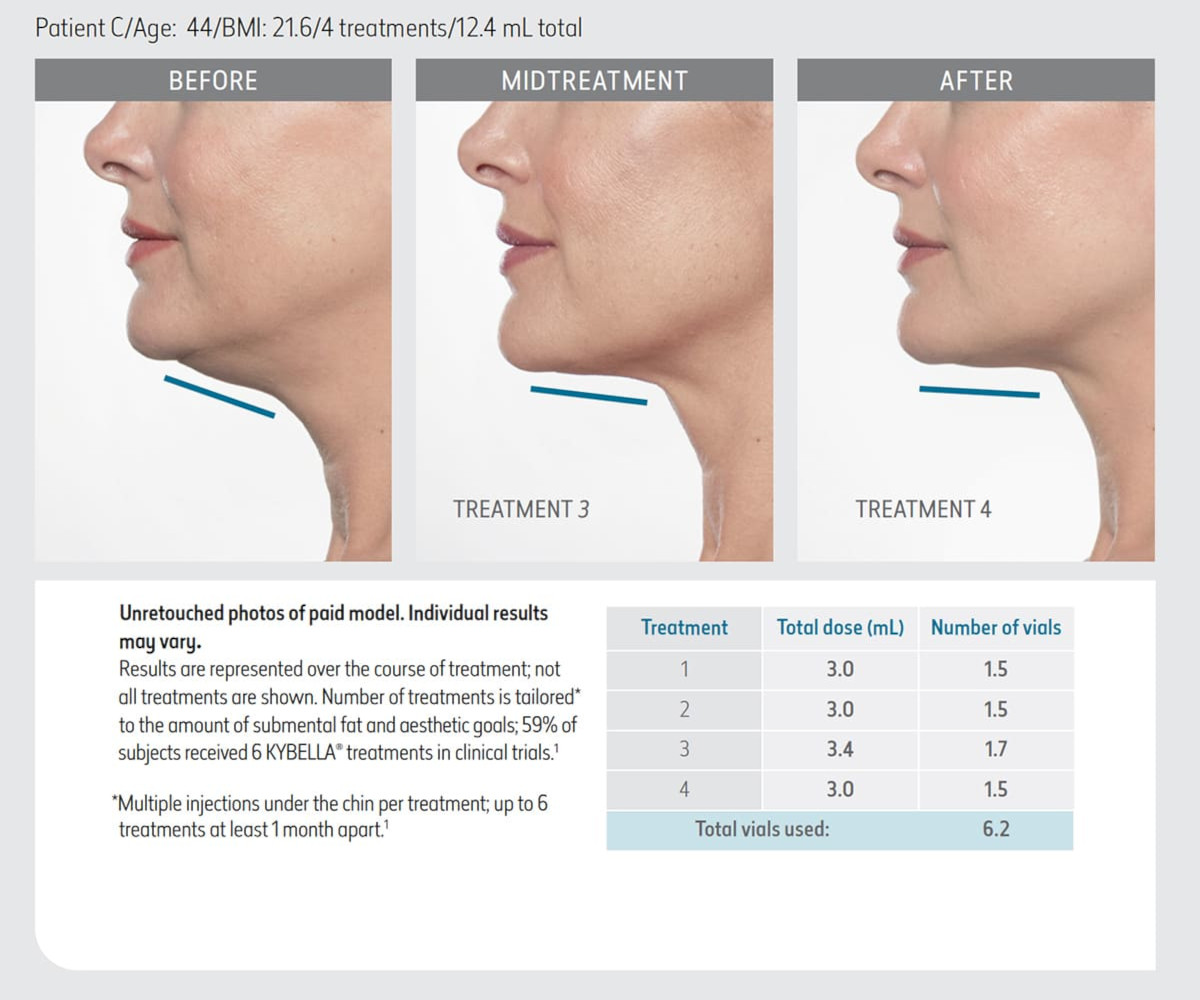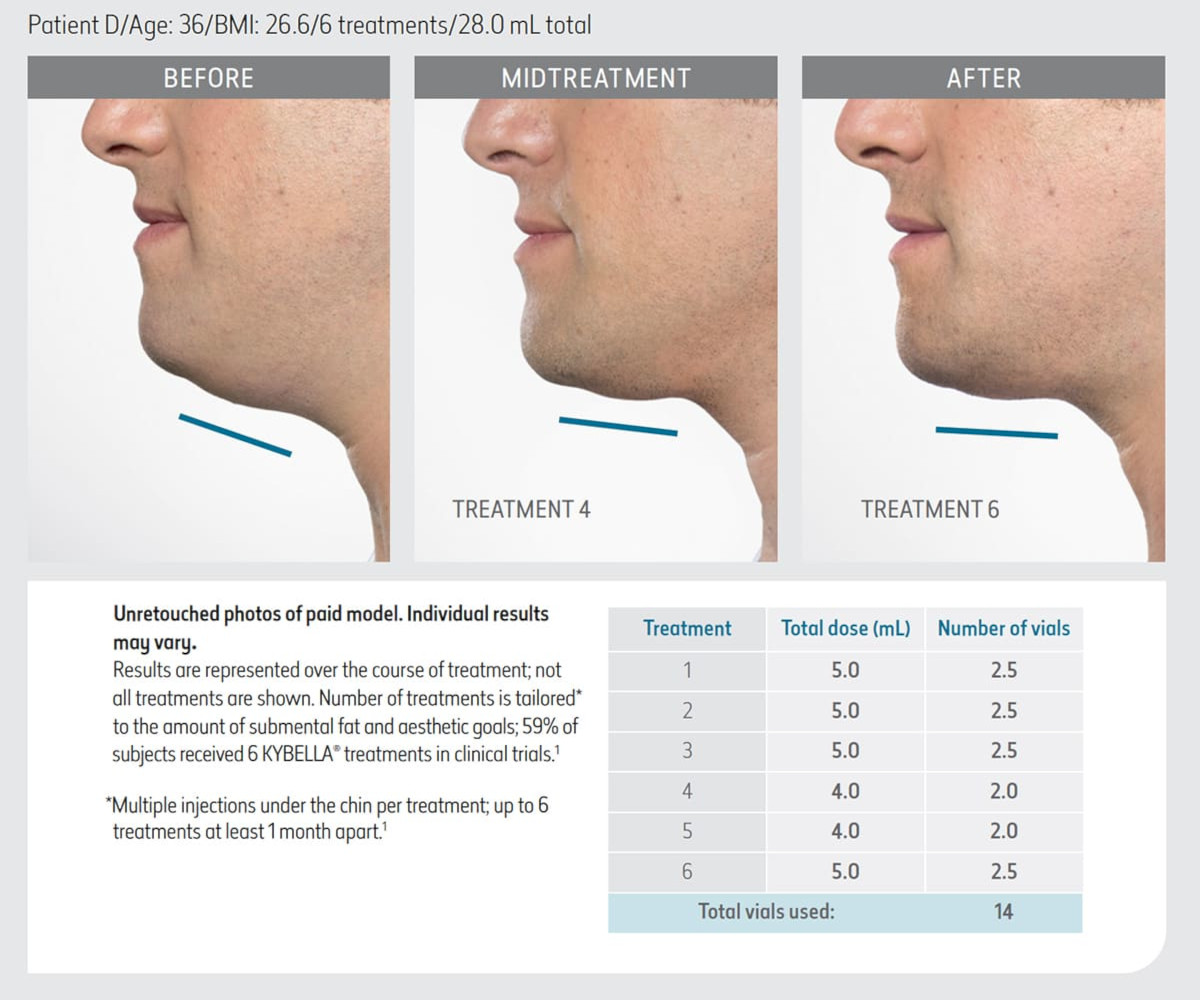Regain Confidence with Advanced Hair Restoration Solutions
Are you experiencing hair thinning or balding and looking for a solution that is non-invasive and innovative? While Botox is traditionally known for its wrinkle-reducing properties, it has recently gained attention as a potential treatment for hair loss in men. At Dr. Speron Plastic Surgery, we’re excited to offer this cutting-edge procedure that may help stimulate hair growth and improve scalp health.
What is Botox for Hair Loss?
Botox for hair loss involves injecting Botulinum Toxin into specific areas of the scalp to increase blood flow and potentially promote hair regrowth. Hair follicles rely on proper circulation to receive essential nutrients and oxygen for healthy hair production. The Botox injections help relax scalp muscles, reducing tension and improving blood flow to the follicles.
How Does Botox Help with Hair Loss?
Recent studies suggest that Botox may help combat hair loss by:
- Increasing Blood Flow: Improved circulation nourishes hair follicles and stimulates growth.
- Reducing Scalp Tension: Stress and tension on the scalp can limit blood flow, affecting hair growth. Botox relaxes these muscles, relieving pressure.
- Regulating Sebum Production: Excess sebum can clog hair follicles, leading to hair loss. Botox injections can help balance sebum production.

While more research is needed to fully understand Botox's role in hair regrowth, early results are promising for men struggling with pattern baldness or thinning hair.
The Botox for Hair Loss Procedure
- Consultation: During your initial consultation at [Your Clinic Name], our specialists will assess your scalp and discuss your hair loss concerns.
- Treatment Plan: We’ll design a personalized Botox treatment plan tailored to your unique needs.
- Botox Injections: Botox is strategically injected into specific areas of your scalp using fine needles. The procedure is quick, typically lasting around 30-45 minutes, with minimal discomfort.
- Recovery: Botox for hair loss is non-invasive, so there's no downtime. You can return to your daily activities immediately after treatment.
What to Expect
- Immediate Improvement in Scalp Health: You may notice a reduction in scalp tension and better scalp hydration.
- Potential for Hair Regrowth: Though results vary, patients may experience improved hair growth after several treatments.
- Maintenance Sessions: Ongoing maintenance may be necessary to preserve hair growth benefits, with follow-up sessions every 3-6 months.
Is Botox for Hair Loss Right for You?
This treatment is ideal for men experiencing:
- Early stages of hair thinning
- Pattern baldness (androgenetic alopecia)
- Excessively oily scalp
- Scalp tension and poor circulation
Botox for hair loss is a safe and non-surgical option for those seeking hair restoration without the downtime or risks associated with other invasive procedures.
Why Choose Dr. Speron Plastic Surgery?
At Dr. Speron Plastic Surgery, we specialize in the latest aesthetic and hair restoration treatments. Our team is committed to offering personalized, high-quality care in a comfortable and professional environment. When you choose us for Botox for hair loss, you’re opting for expertise, innovation, and results.
Book Your Consultation Today?
Ready to explore how Botox for hair loss can help you regain your hair and confidence? Contact Dr. Speron Plastic Surgery today to schedule a consultation. Our specialists are here to answer your questions and guide you on your hair restoration journey.
Frequently Asked Questions (FAQ)
1. How long does Botox for hair loss take to show results?
Results may vary, but most patients start noticing improvements in scalp health within a few weeks, with potential hair growth becoming visible after a few months.
2. Is Botox for hair loss painful?
The procedure is generally well-tolerated with minimal discomfort, as it uses fine needles to deliver the Botox injections.
3. How often will I need Botox for hair loss treatments?
For optimal results, maintenance treatments may be needed every 3-6 months, depending on your hair growth and scalp condition.
4. Can Botox prevent future hair loss?
While Botox may help improve hair growth and scalp health, it is not a cure for hair loss. It works best as part of a comprehensive treatment plan.
 01
01
